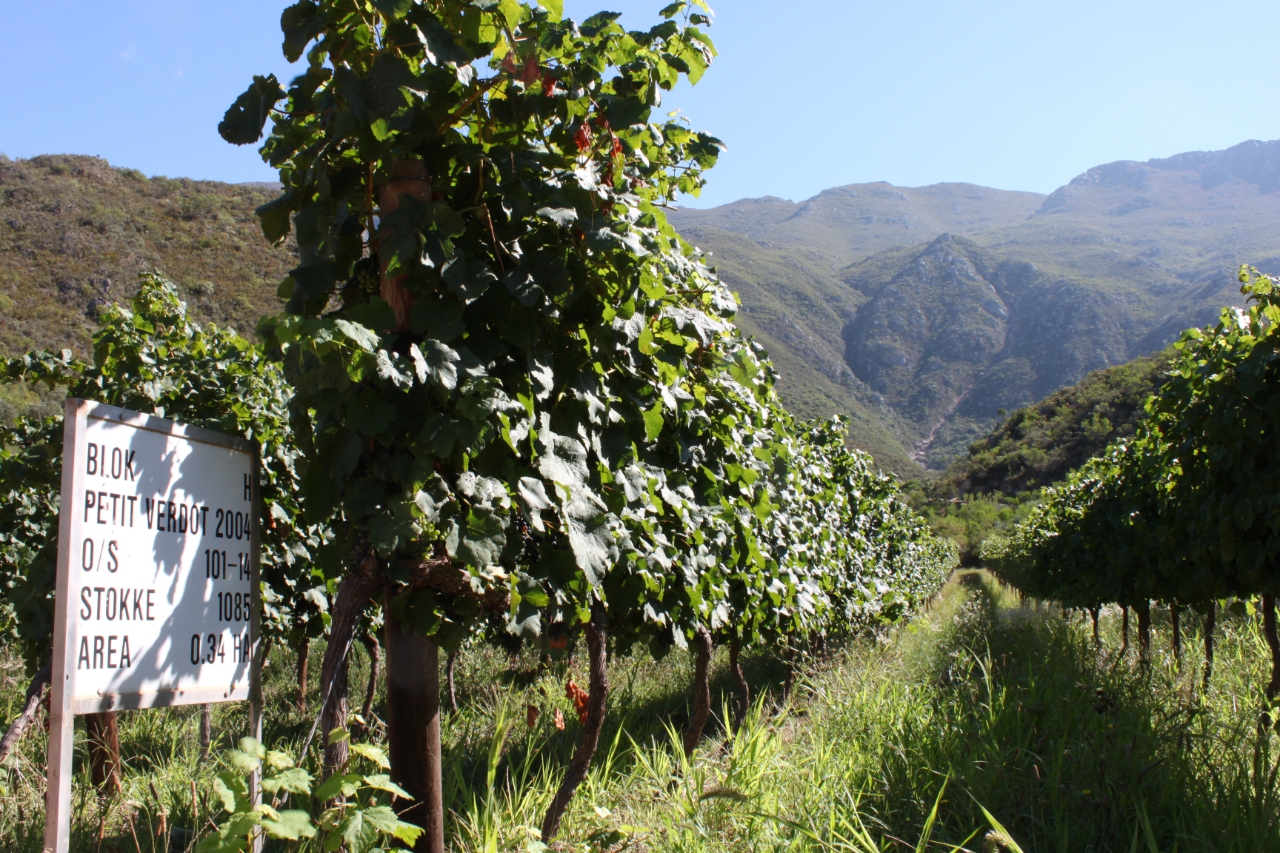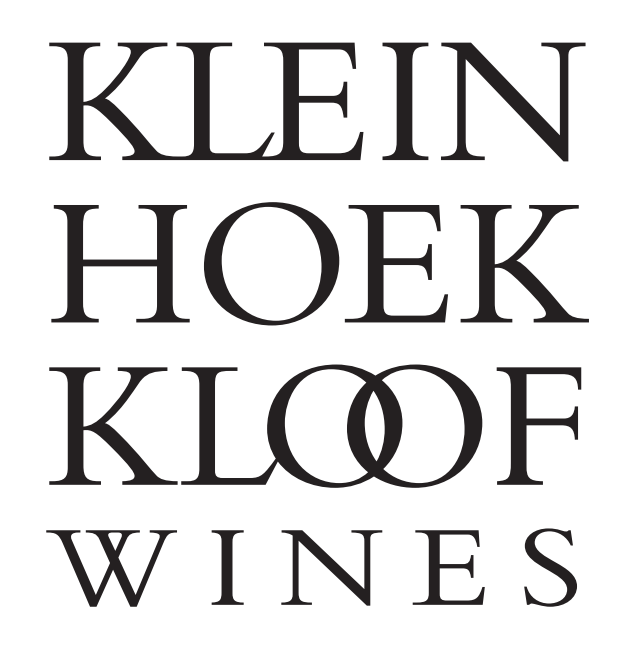
Situation
Kleinhoekkloof is situated on the Southern foot of the Langeberg Mountain in the Robertson Wine region also known as the Valley of Wine and Roses.
The Farm is in a narrow kloof which runs more or less North to South and the vineyards are situated 420m above sea level at their highest point to 323m above sea level at their lowest point.
Climate
The Robertson Region is characterised by some intrinsic climatic factors which have a large influence on both viticulture and wine styles. The region is semi-arid with annual rainfall of 250mm. This makes intensive irrigation a survival imperative for the growing of grapes. The region is known for very cold winters where temperatures regularly fall below 0C and warm summers. There is also a large diurnal temperature difference (Day/Night) which is very positive for both Red wines in terms of colour and structure but also for white wines in terms of aromatic components.
Kleinhoekkloof, being 160m-250m above the valley vineyards, as well as against the Langeberg and in a narrow valley that rises up east and west of the vineyards, has its own unique climate. Rainfall for a start is at least 40% higher and more regular than the Robertson average. Average temperature is fully 1.5C-2,5C lower (this is huge, global climate change is only about 0.5C). Day/ Night temperature differences are more extreme and the topography of the Kleinhoekkloof valley is such that direct sun hours are reduced by at least 25% as the sun reaches some vineyards later in the morning and sets earlier in the afternoon. Irrigation on Kleinhoekkloof is not intensive but rather supplementary and in some years as little as once.
The combination of the above factors makes Kleinhoekkloof a cool climate vineyard area and, like the wines, very unique.
Soils
The soils of Kleinhoekkloof are the result of ancient processes and extraordinary geological drama. 500 million years ago the entire region was a huge inland sea. This while Gondwanaland was still one landmass. As tectonic movement tore South America and Australia away this sea spilled into the greater ocean. In no time at all geologically (1-5million years) these continents came slamming back into the Cape of Good Hope which was mostly made up of granite and sandstone (hard materials). The pressure was transferred until it hit the old (young) inland sea bed with the strength of play dough. Instantly the region was transformed, mountains were literally thrown up and layers of sea bed were folded upon themselves to make the foot slopes.
The soils of Kleinhoekkloof are those folded layers now called Shale, Schist and Felite derived soils. They are among the most ancient viticultural soils on the planet. These ancient and weathered soils hold little moisture and nutrients making the vines work and struggle for every bit. This work and struggle from ancient drama is reflected in every Kleinhoekkloof wine. The soils range in their rock % and depth from the outer valley walls where there is more rock and less depth (tough conditions, perfect for Shiraz and Merlot) to the center beside the stream from our Mountain Eye where the soils are deeper and less rocky (great for Sauvignon Blanc).
